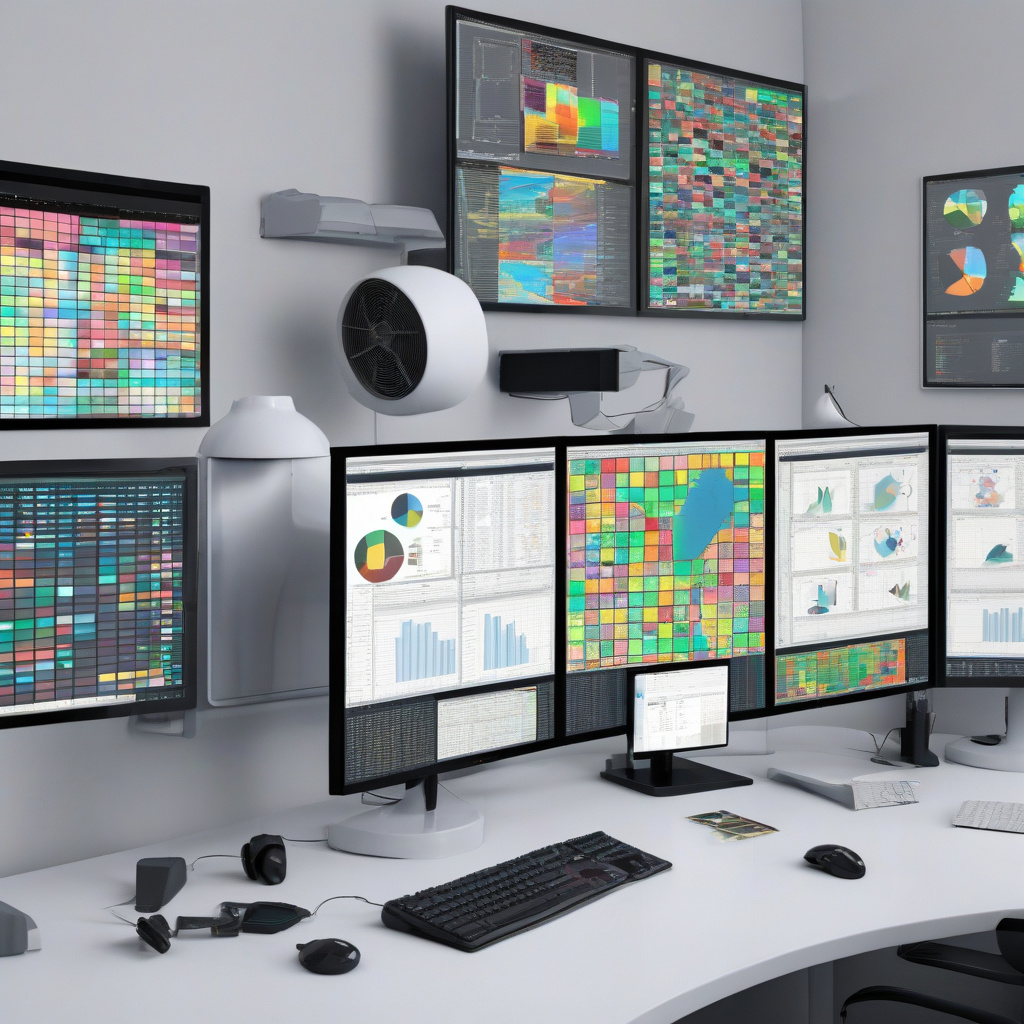In the world of data analysis and manipulation, the Pandas library is a powerhouse tool that offers a wide array of functionalities. One such powerful feature is the GroupBy function, which allows users to group data based on one or more key factors and perform aggregate functions on them. While basic GroupBy operations are relatively straightforward, handling more complex aggregations can pose a challenge. This is where advanced GroupBy techniques in Pandas come into play, enabling users to tackle intricate scenarios with ease and efficiency.
When dealing with complex aggregations, it’s essential to have a solid understanding of how to leverage Pandas’ advanced GroupBy capabilities effectively. One key technique is using the `apply` function in conjunction with GroupBy to apply custom aggregation functions to specific groups of data. This allows for more flexibility and control over the aggregation process, enabling users to perform calculations that are not directly supported by built-in Pandas functions.
Another powerful technique is the use of multiple keys for grouping data. By passing a list of columns to the `groupby` function, users can group data hierarchically, allowing for multi-level aggregations. This is particularly useful when dealing with datasets that require aggregations at different levels of granularity.
Furthermore, Pandas offers the ability to transform and filter data within grouped operations. By combining GroupBy with functions like `transform` and `filter`, users can manipulate data within each group based on specific criteria. This level of granularity and control is invaluable when dealing with complex aggregations that require custom transformations.
In addition to these techniques, Pandas provides support for rolling and expanding group aggregations. Rolling aggregations involve calculating metrics over a moving window of data points within each group, allowing for trend analysis and pattern recognition. On the other hand, expanding aggregations cumulatively incorporate all data points up to the current point, providing insights into cumulative trends and overall performance.
To put these advanced GroupBy techniques into practice, let’s consider a real-world scenario. Imagine you have a sales dataset with information on sales transactions, including product categories, dates, and quantities sold. By using Pandas’ advanced GroupBy capabilities, you can group the data by product category and date, calculate the total sales quantity for each group, and identify trends over time. Additionally, you can apply custom functions to analyze seasonality, trends, or any other specific patterns within each group.
In conclusion, mastering advanced GroupBy techniques in Pandas is crucial for handling complex aggregations effectively in data analysis and manipulation. By leveraging features like custom aggregation functions, multi-level grouping, data transformation, and rolling/expanding aggregations, users can unlock the full potential of the Pandas library for advanced data processing tasks. So, the next time you find yourself facing a challenging aggregation scenario, remember that Pandas has the tools you need to tackle it with confidence and precision.

